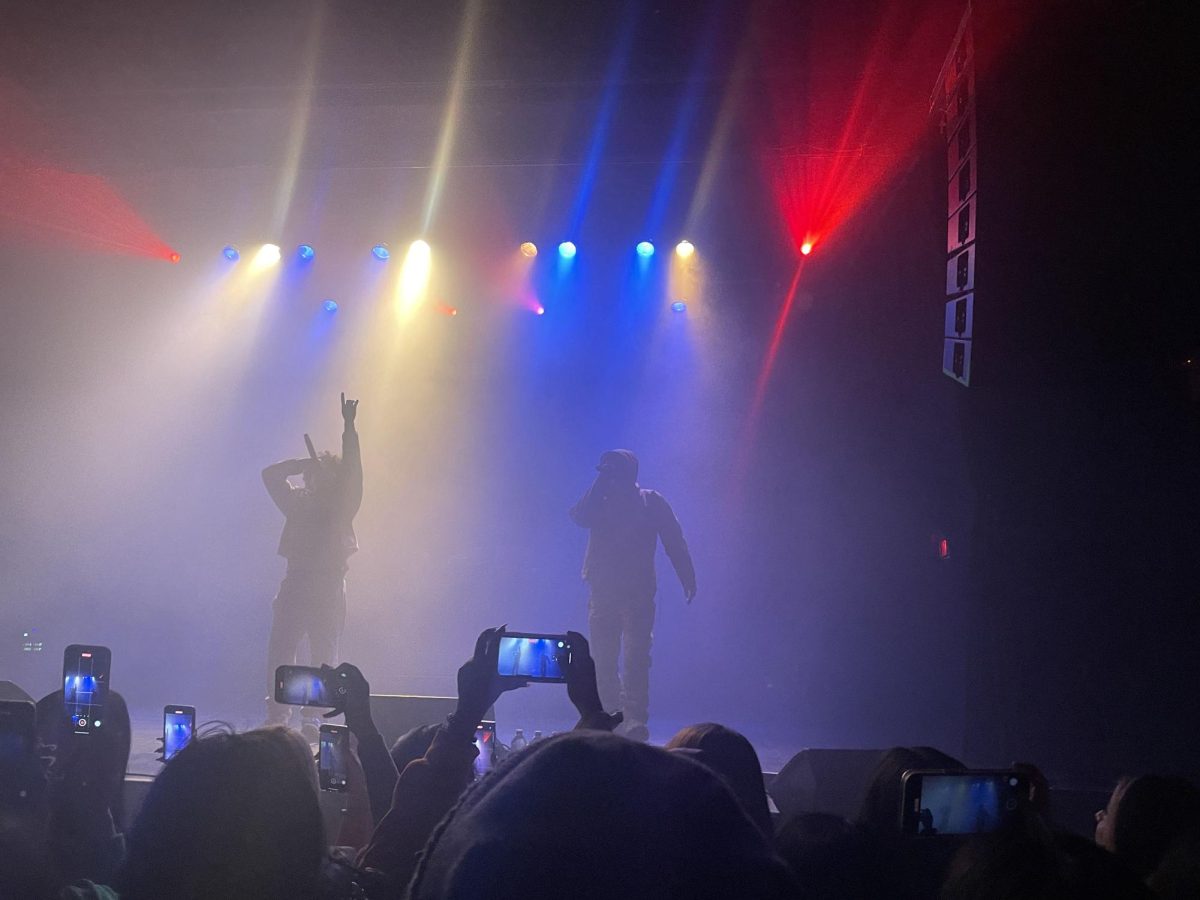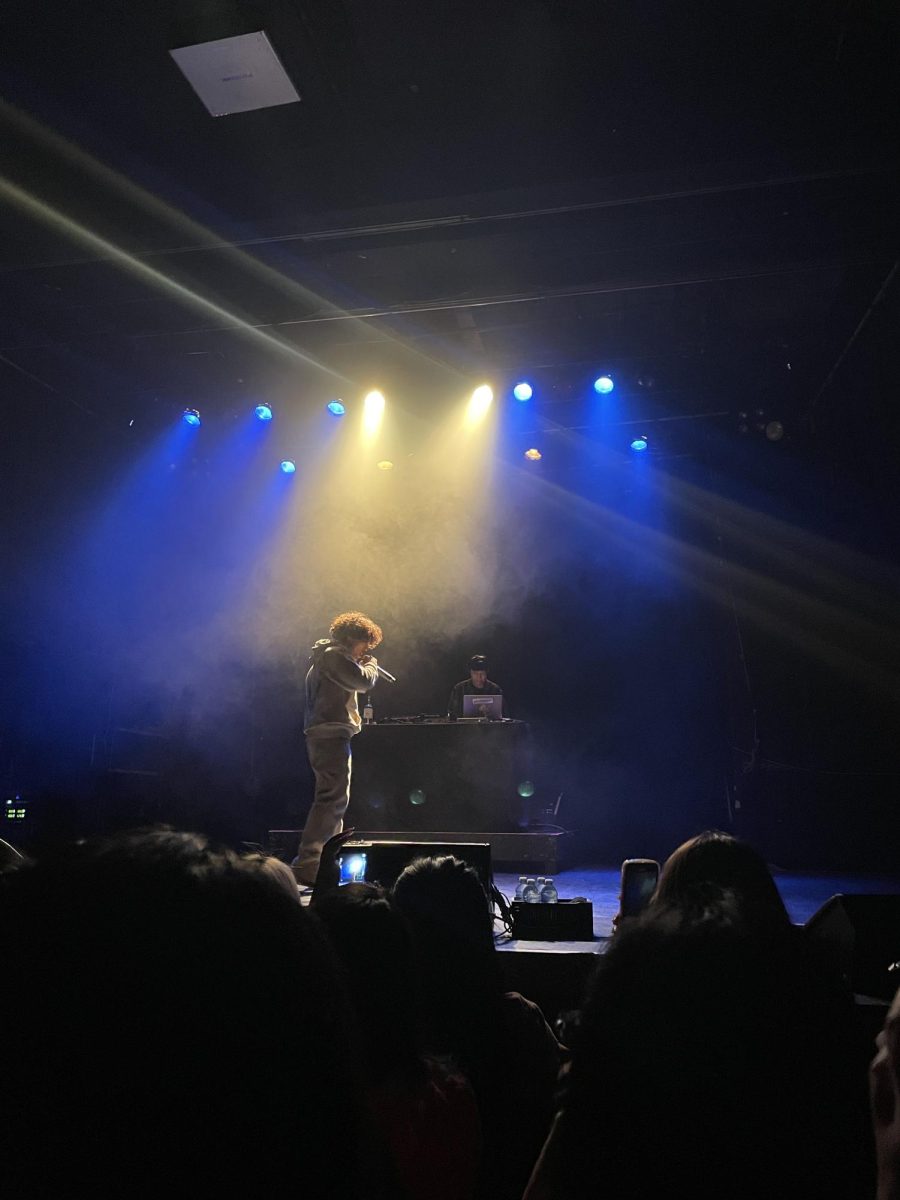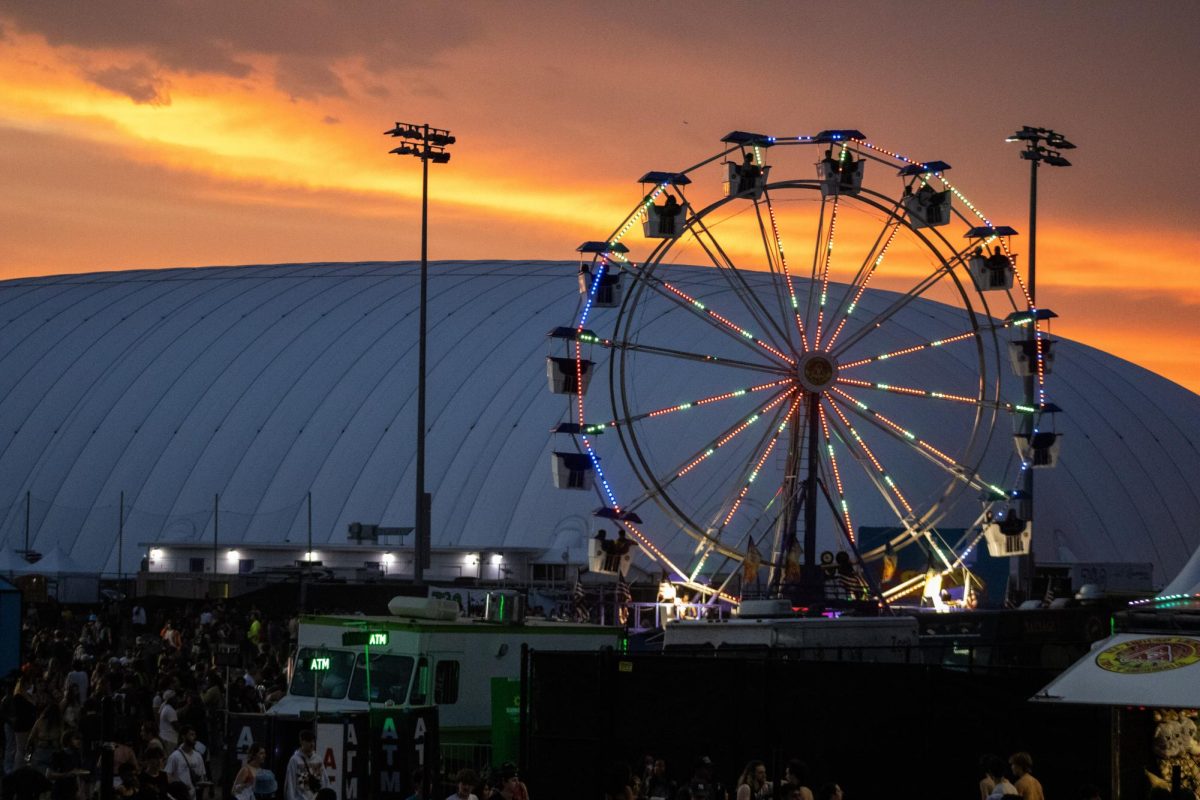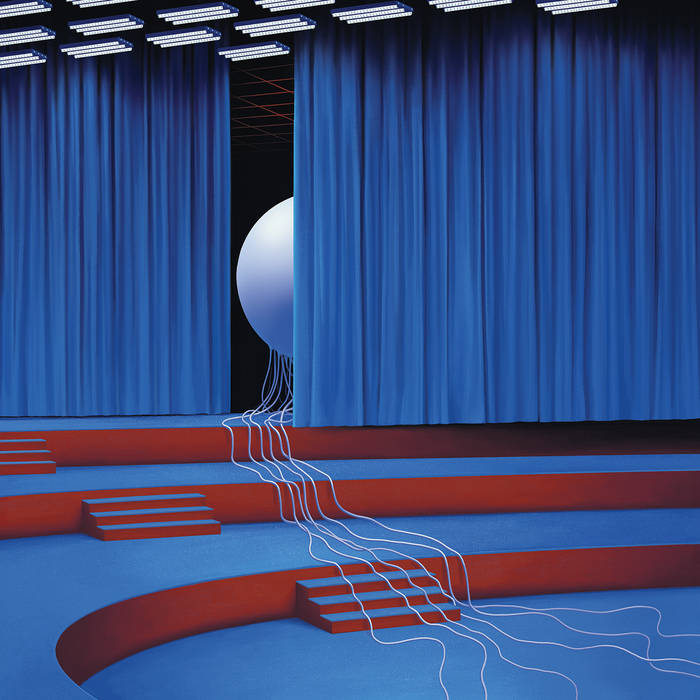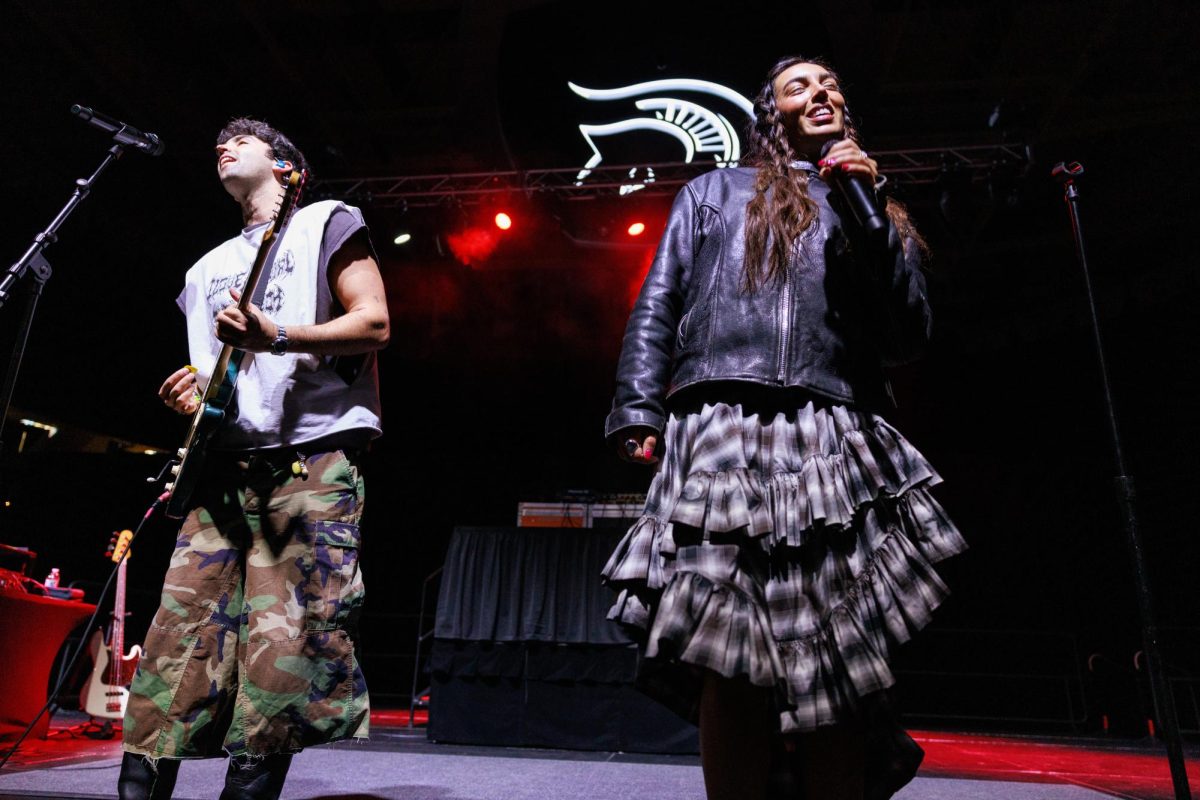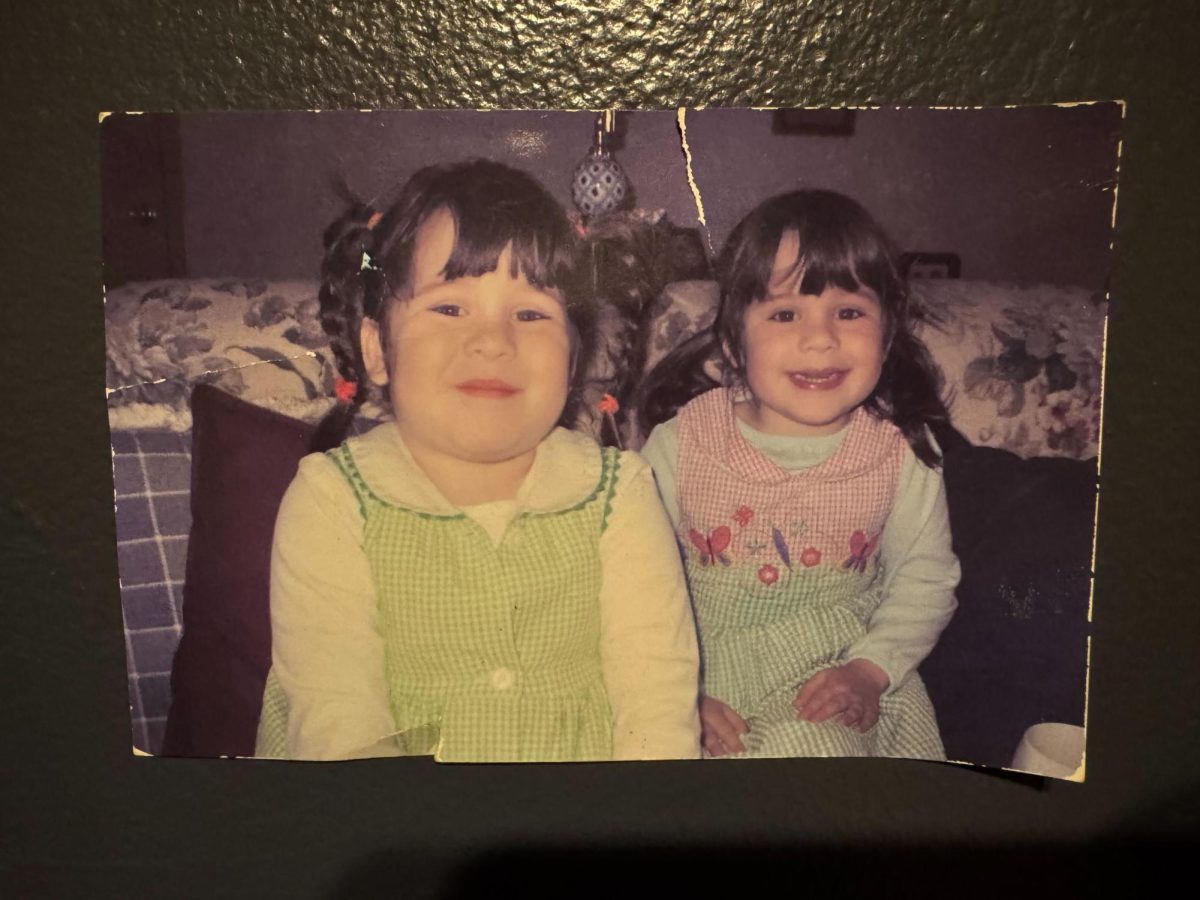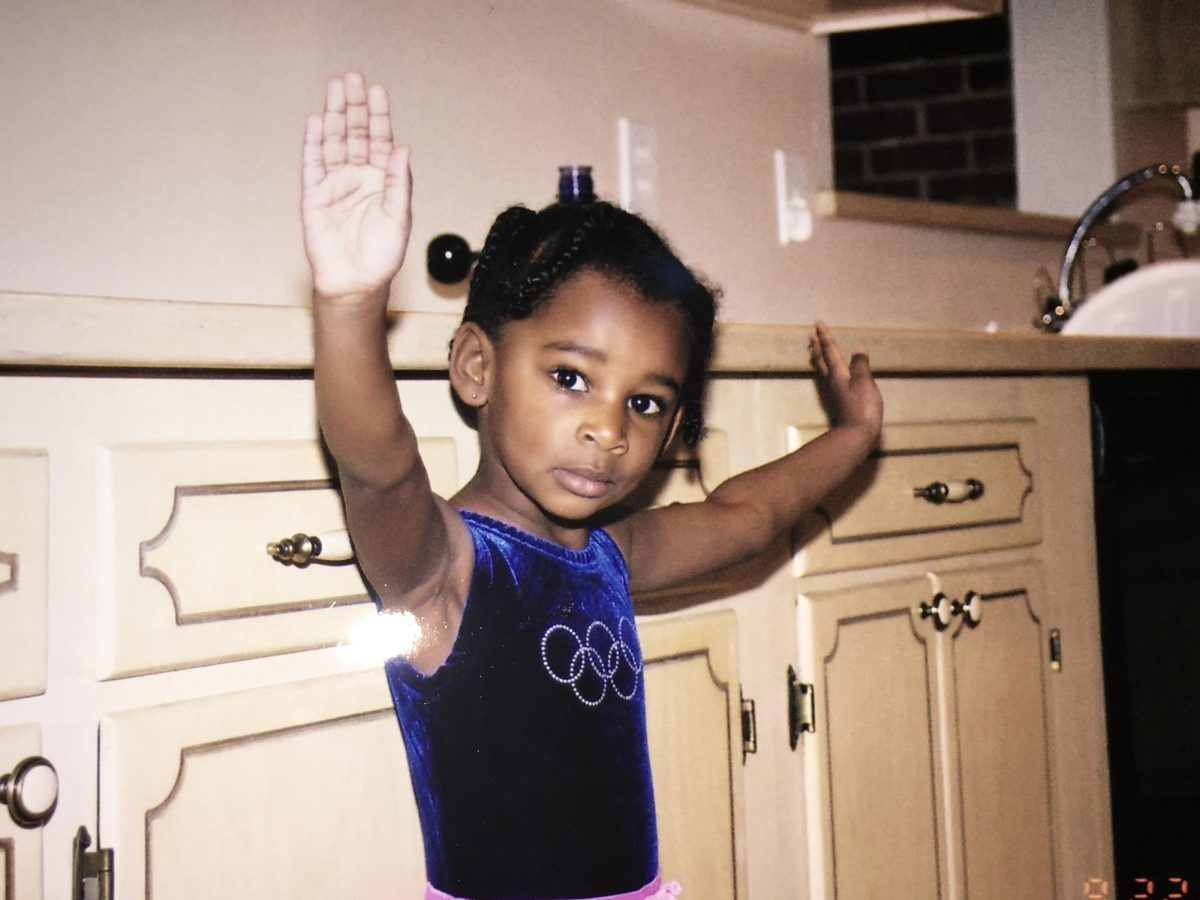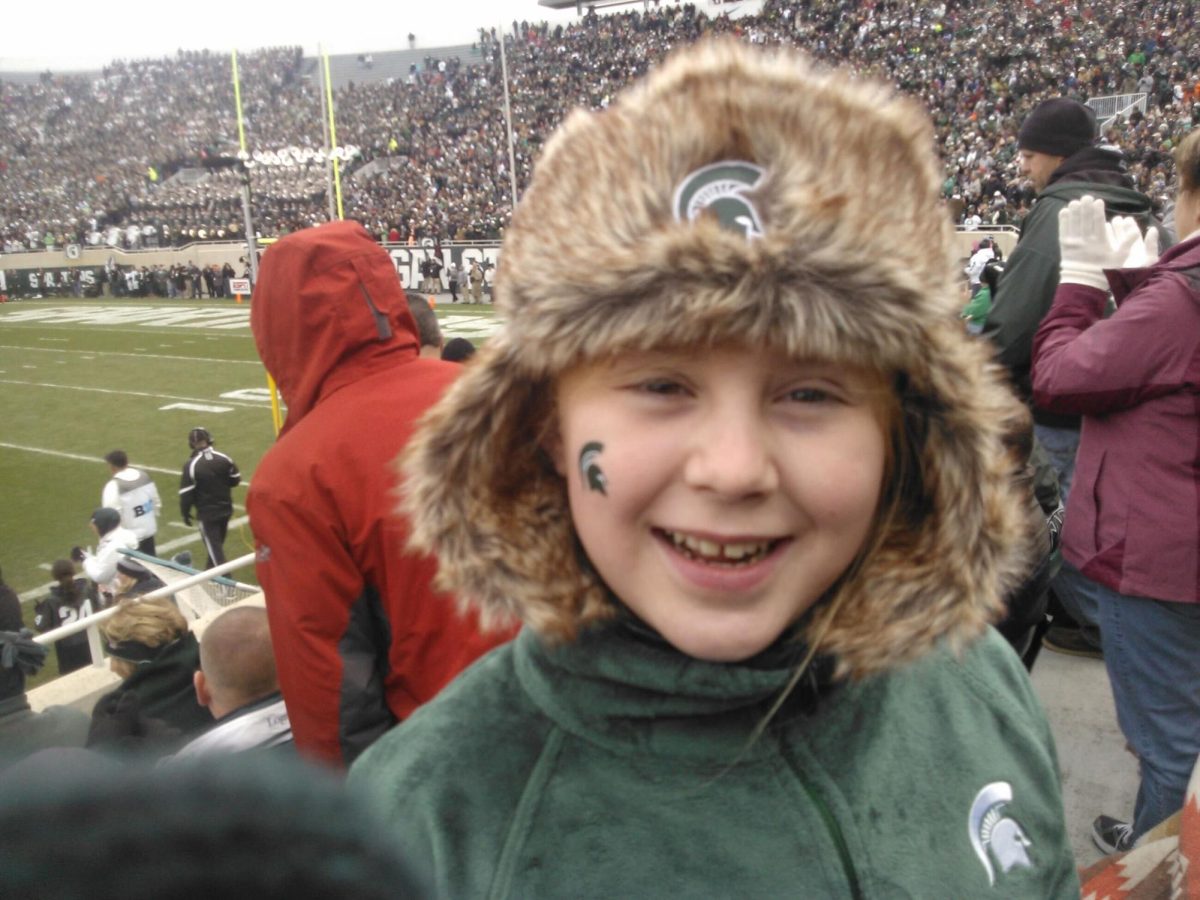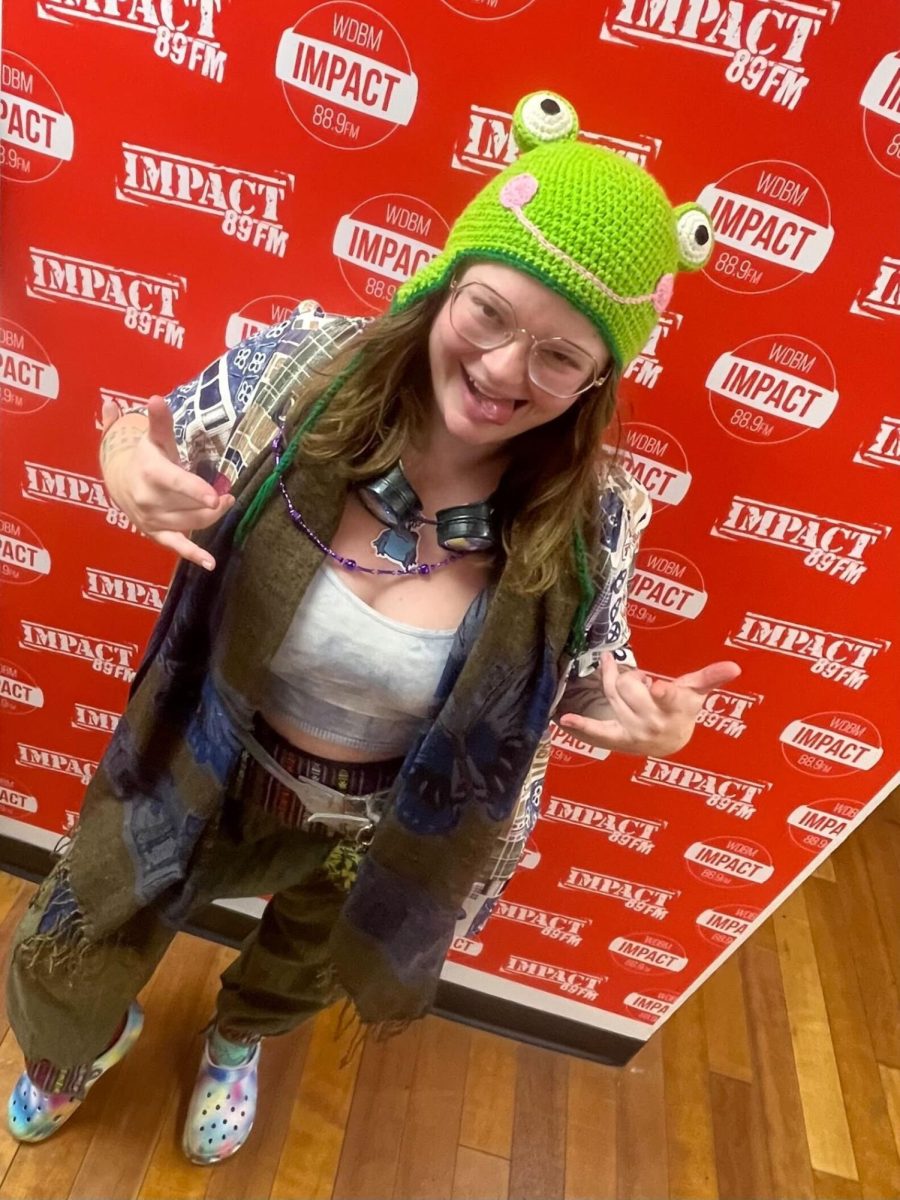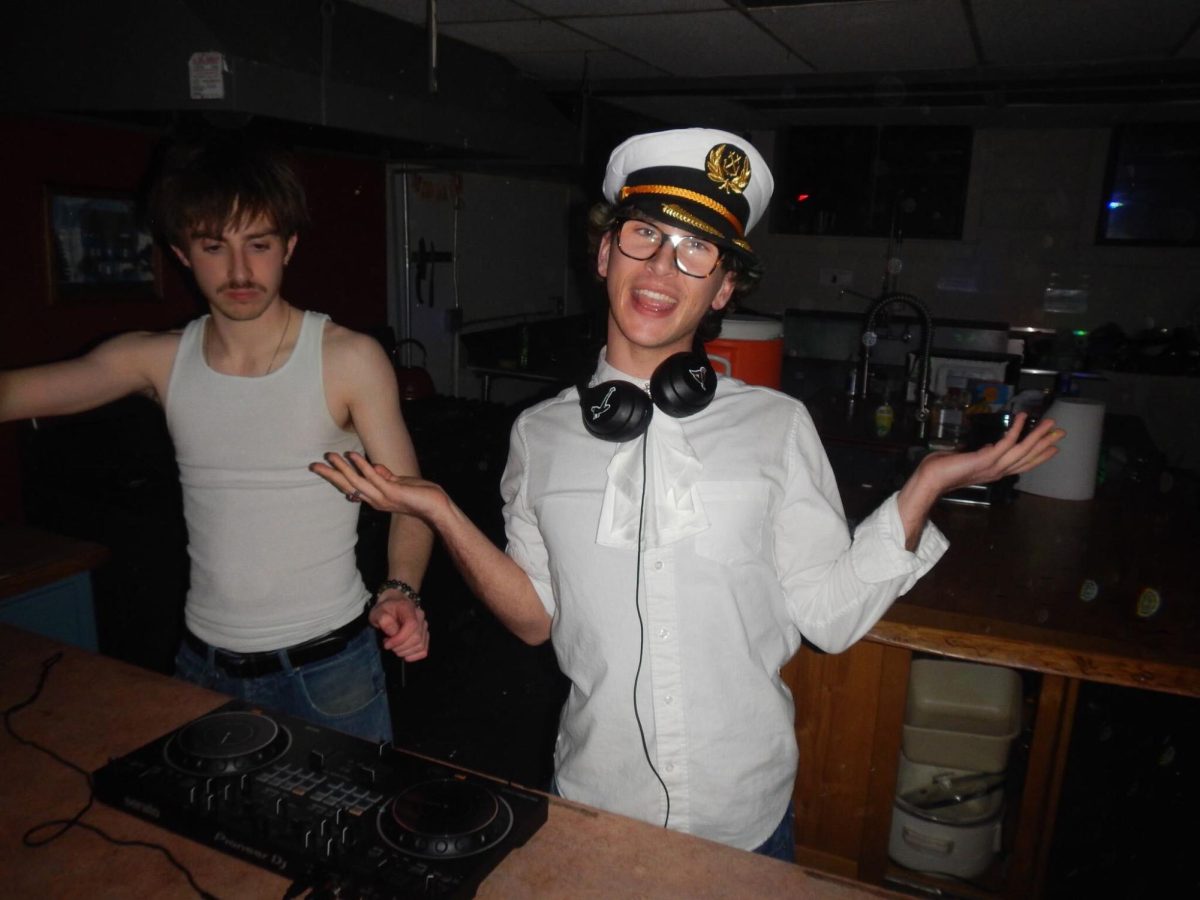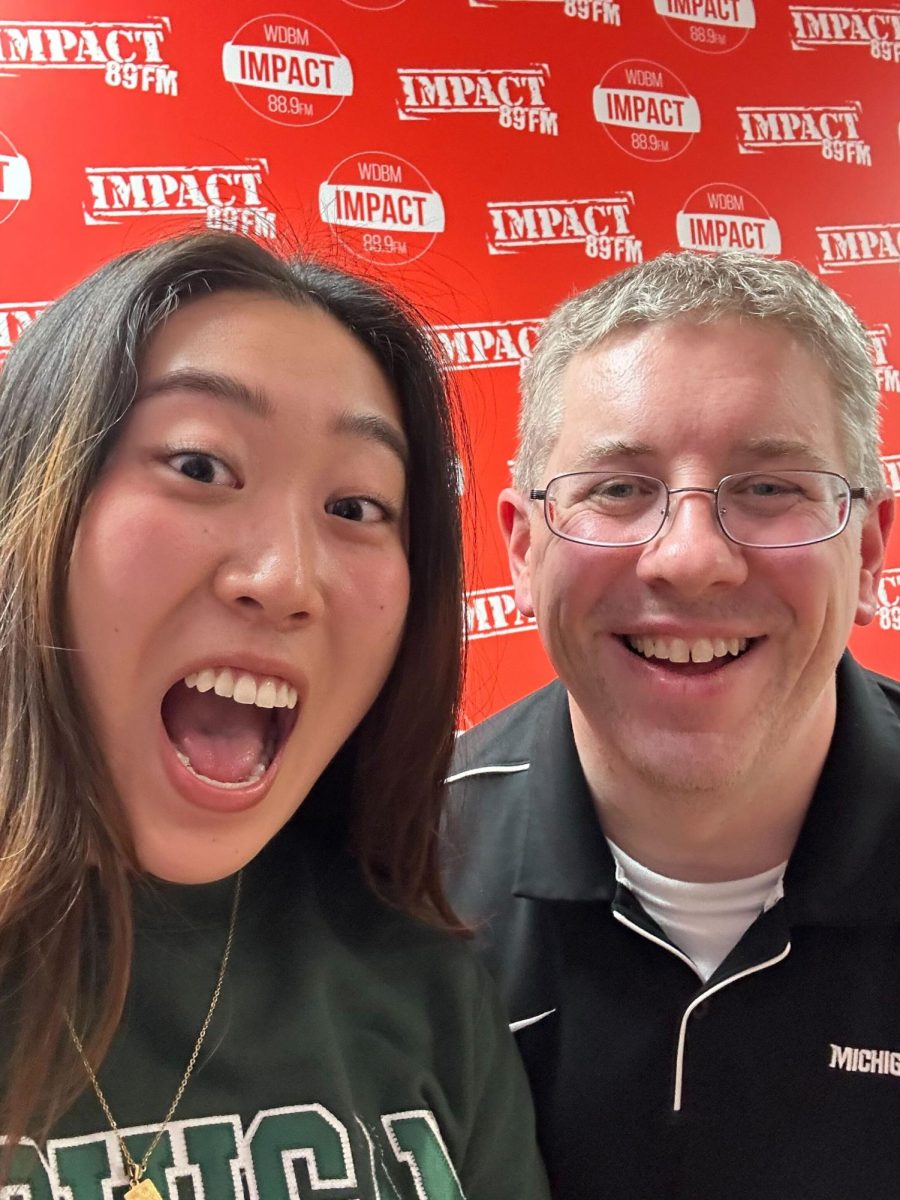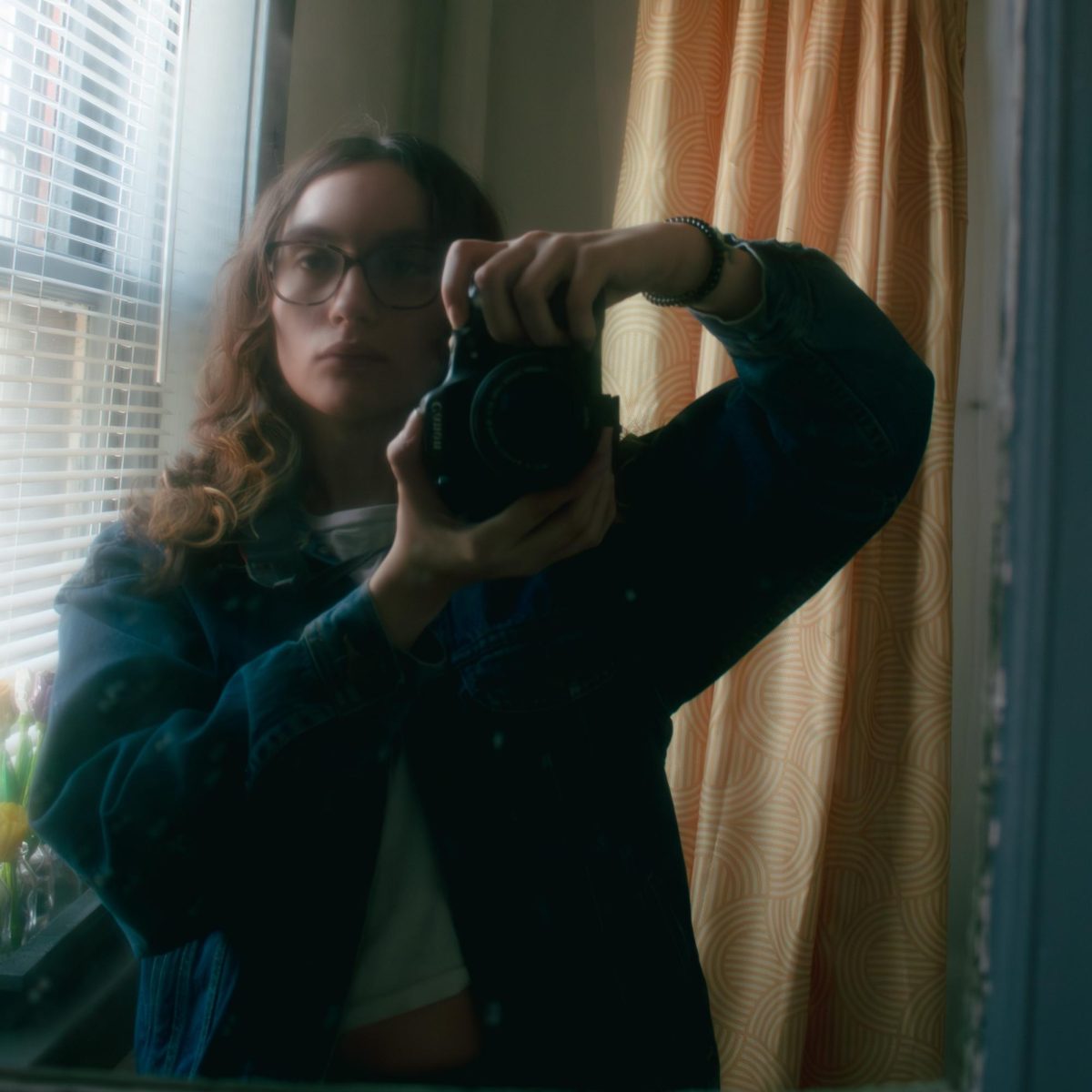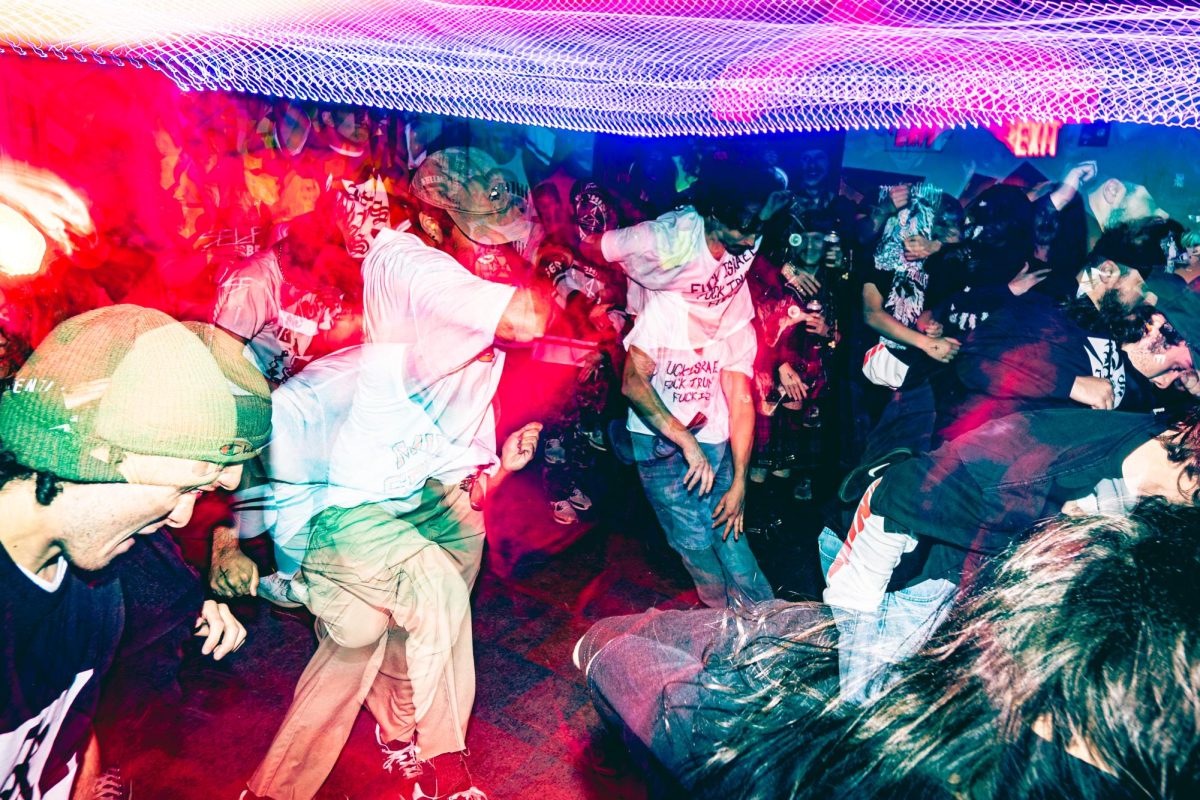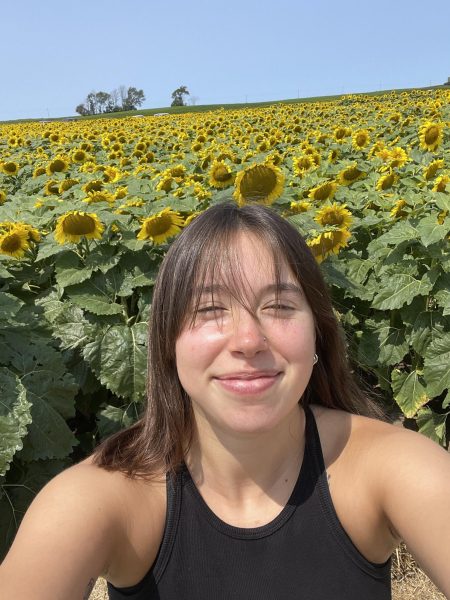After a 7-hour car ride through a snowstorm, I found myself in Toronto, Canada. Music will make you do crazy things. But for the triple-headliner — Rad Museum, Miso and Tabber —, I would gladly drive through a snowstorm again.
Toronto was the first stop of the you.will.knovv North American tour. The South Korean indie label started in 2017 and now houses artists DEAN, Tabber, Rad Museum, Miso and Marldn. Being fairly new to the Korean R&B scene and playing their first live show in North America, the turnout should’ve been low, but the wait for coat check after the concert was close to 30 minutes.
Rad Museum opened for the trio, dancing onto the stage promptly at 8 p.m. May I say that no concert I’ve ever attended started when it said it would. The venue was dark. The stage was shrouded in smoke. The crowd of 21-year-old girls and their boyfriends went feral. I thought I was a fan, but this was a crowd of stans — ones with phones ready to catch any TikTok-worthy moment. This was a Gen Z concert where the concert wasn’t about music; it was about the artist.
Sadly, the concert catered to this fan craze. Singing over a track and incorporating choreographed dancing at times, the whole production was K-pop-reminiscent. Sometimes, the music felt like an afterthought, but pleasing the crowd made the venue buzz. In a sea of phone screens, I felt myself swept up in the craze, laughing while the crowd screamed, “Oppa!” and toasting, “Geonbae!” while Rad Museum took a shot of tequila between each song. I reveled in the violet hues of “Dancing In The Rain.” I melted into the floor when Tabber sang “Electric Animal.” I stood staring at the empty stage while the floor lights came on. People came alive around me, and I waited for the concert haze to clear. Tabber was still humming “Healing Killing” in my head.
Rad Museum’s set wasted no time. No dipping toes in the water. It was a straight dive into the deep end — loud, tempestuous, laced with an anxious energy. From stage jitters or pure excitement, Rad Museum couldn’t seem to stay still, whether he was dancing from one side of the stage to the next or head banging and making his afro jump to the beat. For the most part, all the songs stuck to this formula of all or nothing.
“Dancing In The Rain” was the one exception. Throughout his set, Rad Museum never took his foot off the gas pedal, but during “Dancing In The Rain,” his grip on the steering wheel loosened a bit. The song offered a slight intermission in the middle of his thunderstorm of a set. The song from Rad Museum’s 2017 debut album, Scene, goes back to the artist’s softer era with more vocals and less rap. The much-needed break helped set the stage for the second half of the set, which was closed out with “MAD KID,” where the anxious energy hit its peak and left the audience buzzing before Miso’s appearance.
Miso’s set was as much of a performance as it was a concert. Seductive and silhouetted one moment, charged like an unplanned rave the next, Miso is an artist torn between two worlds.
Soft songs, like “Alone” and “O.B.E.,” differentiated themselves from Rad Museum’s thundering energy. They were haunting and alluring — slow, lavish and tempting. Like a snowstorm at night, comforting in a way that only the icy sting of stepping into fresh snow can be. Letting you know that you’re not the only one who’s lonely; the earth also longs to be embraced, albeit by the cold hands of winter.
Miso’s artistry shone through during these songs, but she didn’t fully commit to the mood. She kept one foot firmly rooted in hip-hop, so the comforting seduction she spread over the crowd like a blanket was ripped away during songs such as “Riches” and “Emotions.” It left the audience feeling exposed, being pulled out of their dream-like state and into a hip-hop concert where you were expected to chant “Aye” and jump around. Maybe this strange dichotomy gave the audience the best of both worlds, or maybe the vibes were too different to settle into a natural rhythm, and that was why I was left feeling awkward at the end of the set.
If Rad Museum was a thunderstorm and Miso was a snowfall, then Tabber was a monsoon — a warm, heavy rain that comes out of nowhere and takes your breath away but makes you want to dance in it, nonetheless. Every song was intentional, made for connection. As much as his set was deep, it was also reserved, like Tabber was just skimming the surface of his potential. But even when holding back, Tabber made himself the headliner.
Like the change in the atmosphere before a storm, the pressure in the room was palpable, building up to Tabber’s appearance. The boom from the intro of “Healing Killing,” Tabber’s opening song, sent the pressure over the top. The crowd exploded. Tabber ran onstage, confident in his image and sound. He commanded the stage and the attention of every person in the room. The crowd was obsessed, screaming for him to take off his jacket in between sets or to show his face, which was obscured by a baseball cap. Someone gave him $10, which he gave back.
A crowd of women in their 20s screaming around you tends to distract, but I was entranced by the intimacy of the concert. In a sea of phone screens, Tabber was singing to me. And me alone. His ability to captivate was paralleled by his ability to connect. My soul just about left my body when Tabber exhaled the first lines of “Being,” only to be pulled back to Earth during the bass drop in “Devil May Cry.” His set was a push and pull of violence and emotion. “007” closed the concert and left me feeling complete but ripped in two at the same time.
“ROCKSTAR” and “Fallin” brought out all three headliners for the encore — a testament to the artists’ constant collaboration within their label.
Three artists flew 13 hours to sing to people who don’t speak their first language, and a college radio station’s assistant editor drove 7 hours through a snowstorm to see them. They connected in Toronto, Canada. The editor left with Canadian change and gratitude for music, for without it, she wouldn’t be quite as whole.



